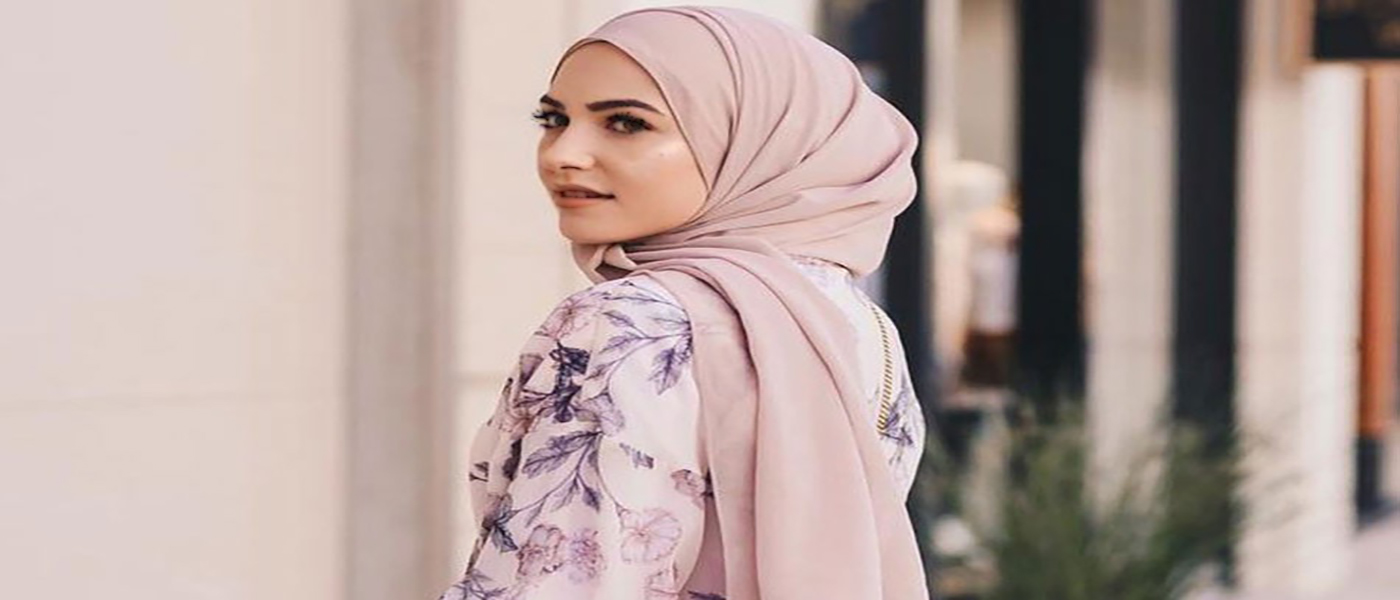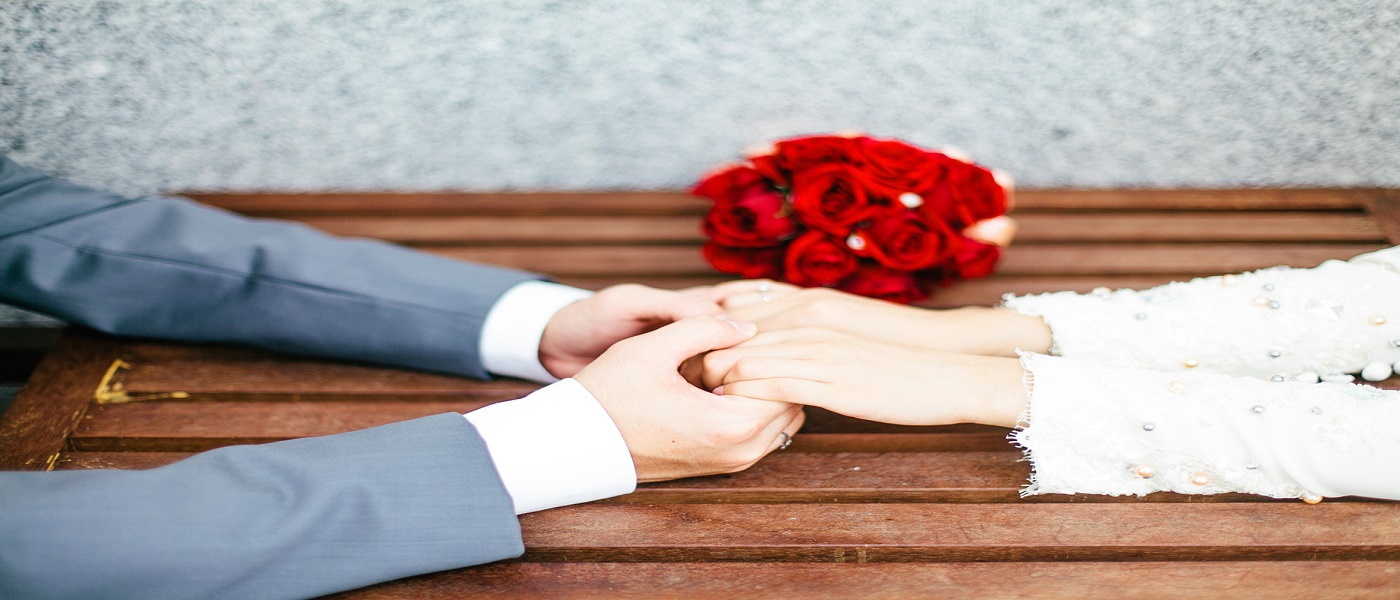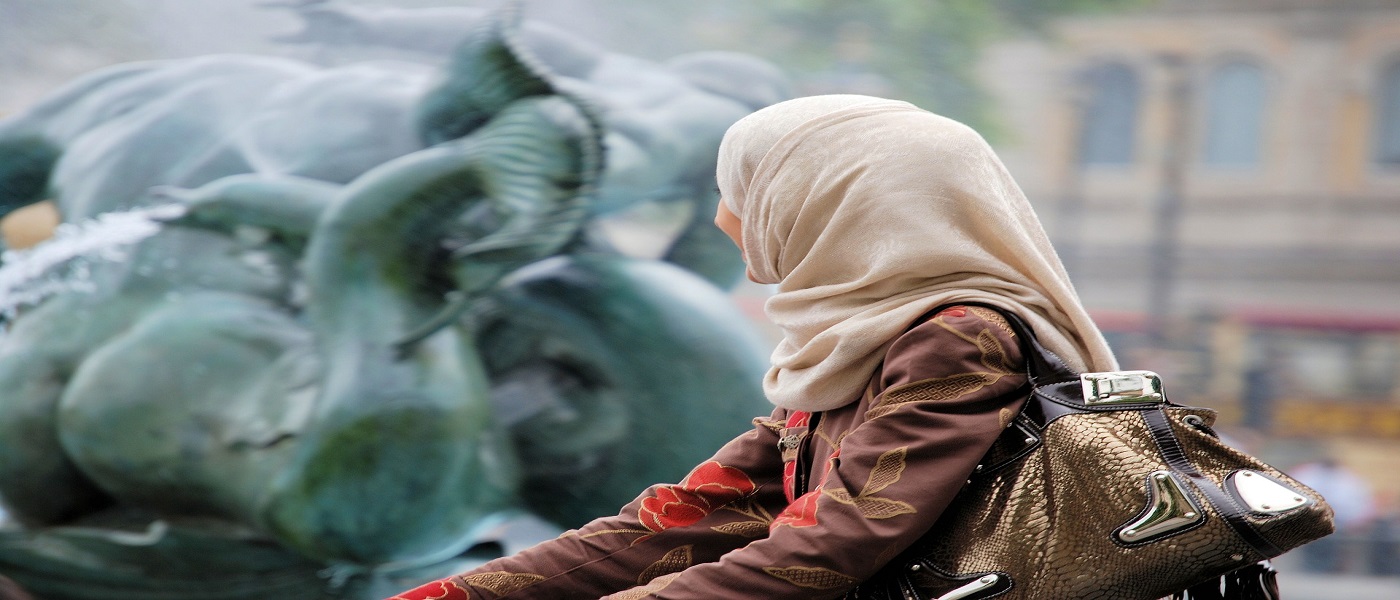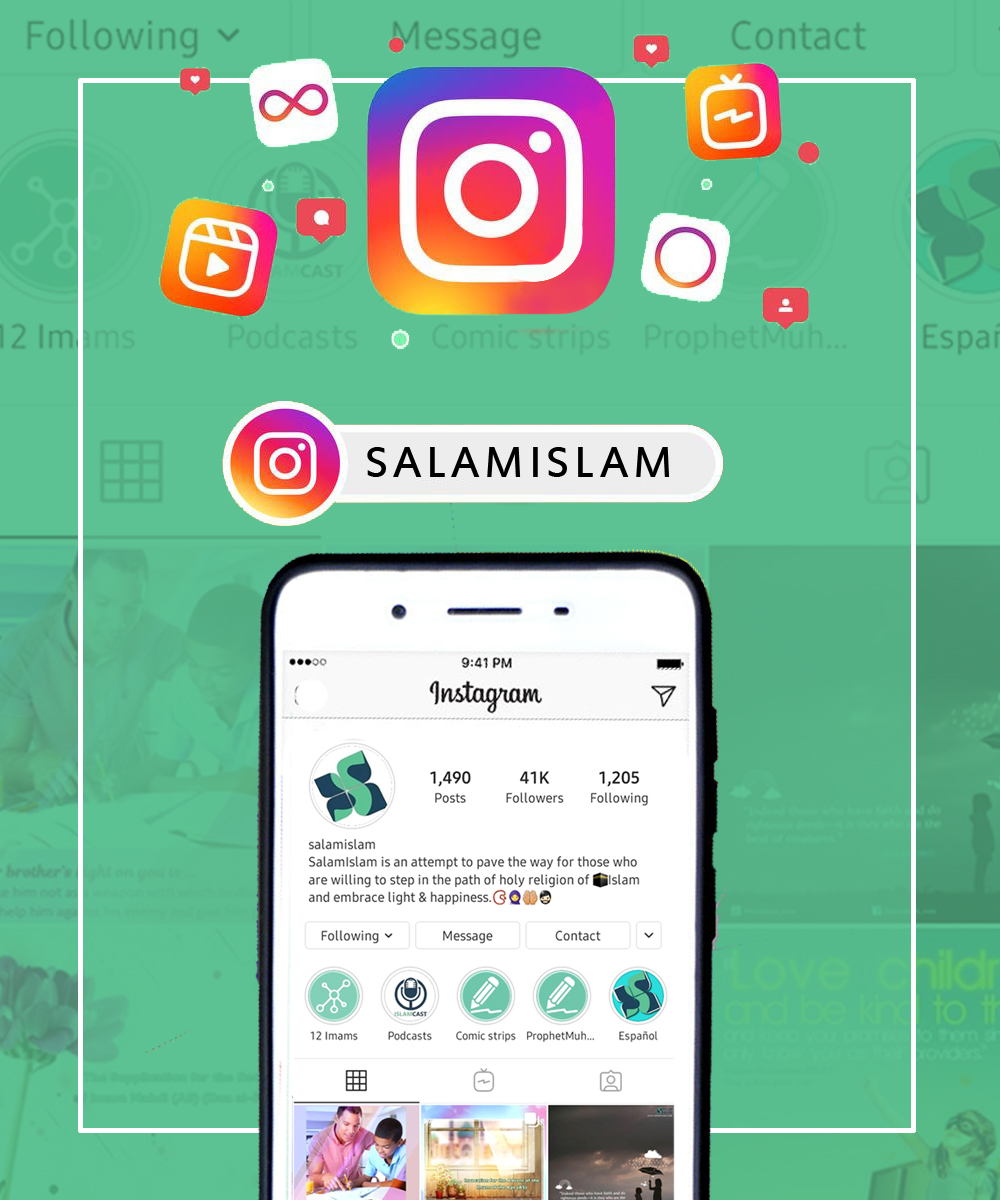

4 Facts for Muslim Women in Choosing their Clothes
Finding appropriate clothes can be one of the challenging issues of Muslim women. Living in modern societies necessitates its own lifestyle, including dress code and style, which is different in the four corners of the world. If a woman decides to choose Islam as her faith, what shall she wear?
Once, Imam Sadiq (AS) was wearing a nice expensive suit. A man called Sufiyan Souri saw him in The Holy Mosque and said: “O The son of Allah’s Prophet, I swear to Him that Neither Prophet Muhammad (PBUH&HP), nor Imam Ali (AS) and none of your forefathers wore such an expensive suit!”
He answered: “They were living at a time when most of the people were poor and in need. But today is different. Most people are living a good wealthy, abundant life. This is the time when the good servants of Allah are the most deserving to take advantage of Allah’s blessings.”
Then he recited this verse of the Holy Quran:
Say," Who has forbidden the adornment of Allah which He has brought forth for His servants, and the good things of [His] provision?" Say," These are for the faithful in the life of this world, and exclusively for them on the Day of Resurrection." Thus do We elaborate on the signs for people who have knowledge. Quran (7: 32) [1]
Islam does not forbid us from wearing clothes in line with the society, geographical location, culture, and tradition of the age and country we are living in, but it has some considerations. First, we need to discuss them in general and then refer to the issue of Muslim women.
1. Muslim Women Should Avoid The Peacock Effect!
Standing out and attracting the attention of the people around may cause disrespect and disregard for a Muslim woman or man. Peacocking undignifies the human soul and rather values the physical attractions of the human body. A believing Muslim considers everyone, and never pretends to be rich or poor with the dress he/she wears. Muslim women are special in that field, meaning that Islam insists on their dressing in a particular way. They are believed to be worthy of their soul, their femininity, and above all, for their humanity, not their sexual attractions, which can be a cause of abuse or disrespect in society.
Peacocking is not just a matter of wearing cheap and worn-out clothes or expensive luxurious suits, but it consists of any clothing which attracts irregular attention either with its color, thickness, texture, smell, or even its design.
Imagine that you have attended a funeral in India. White is the color of mourning, and red is the color of feasts and marriage. At that funeral, you encounter a person wearing a red dress, with lots of jewelry and extravagant style. Everyone looks cross at that person. That will be a sign of disrespect for the mourners and might even cause insult and struggle in the middle of the ceremony. And this is against the Islamic culture which is against disrespect and anything counter social.
2. Men Are Men and Women Are Women.
Genders are different from one another, and a healthy society needs them both, each with their definitive characteristics. So, women should look feminine, and men need to take what is masculine. However, there are clothes which both genders wear; like blouses, suits, and trousers, and nothing is wrong with those. But coloring nails or wearing makeup is pretty strange and unusual on a man, and Islam forbids that kind of peculiar look.
3. Look Like a Muslim Woman, not an Unbeliever!
Wearing clothes that belong to unbelievers makes Muslims look like them; as if they are following their beliefs, commands, etc. For instance, we all know that rotated star in a circle is a sign of Satanism. They are examples of clothes that a believing Muslim is to avoid. Any sign, style, or design which might relate to the unbelieving system of thought makes that person seem to believe or appreciate that system of thinking, be it willingly or unwillingly. Here it necessitates Muslims to think and analyze the clothes they choose to wear.
4. Wear Neat, Pure, and Halal!
The clothes that a Muslim wears must be Halal; meaning that it mustn’t belong to someone else who does not want that person to wear what belongs to him/her. The clothes of a Muslim are pure because they tidy up any sign of untidiness from that. It is neat and clean, the habit which is very much praised in Islam.
Imam Sadiq (AS) says: “wear clothes and adorn yourself. Truly, Allah is beautiful, and He likes beauty, but that has to be Halal.”
He also says: “Allah likes beauty and adornment, and dislikes looking disheveled” [2]
Modern fashion is becoming more and more complicated these days. The coming of new casual or formal styles might put Muslim women in dilemmas. In this case and similar occasions, they just need to remember the considerations above, besides Hijab, which is discussed in our article Hijab in Islam. Tips on the infographic of How to wear Hijab in Islam might be helpful, too.
At last, we need to remember that Islam never forbids anyone from being a person for the age he/she is living in. It just asks everyone to observe the rules of Islam and respect the community and society they are living in.
References:
- Bihar al-Anvar, Vol. 40, p 336, Hadith 18
- Sheikh Tousi, Amaali, Vol.1, p. 275
Share This Article

Are Women in Islam Inferior to Men?
The issue of women in Islam has always been a topic prone to misunderstanding and distortion, partly due to propaganda and media that misrepresent Islam and partly due to misbehavior of some Muslims or pseudo-Muslims, like ISIS and al-Qaeda, which are taken to represent the real visage of Islam.
Those who accuse Islam of considering a lower rank or status for women, mostly forget in their debates the differences between women and men which are necessitated by order of creation. Contrary to the popular myth, Islam has never acknowledged the superiority of men over women but has taken into account their differences and set appropriate regulations and guidelines based on them [1].
Women in Islam and Men Are of the Same Spirit
One of the issues addressed in the holy Quran is the creation of woman and man. Unlike some sacred books saying that: “woman was created out of an inferior stock to that of man or Adam's wife was created from one of his left-side parts of the body”, the Quran explicitly states in several verses that woman was created from nature of man, and from the same essence: “who created you from a single soul, and created its mate from it” (4:1), (7:189).
This demonstrates that women in Islam and men are of the same origin; hence, neither of them is superior to the other in the first place. Besides, men and women in Islam are each created for the other: “they are a garment for you, and you are a garment for them.” (2:187), and a woman is designated as the source of solace and comfort for man’s heart (30:21) which highlights her importance.
Universe Is Created to Serve Both Women and Men
It is directly and clearly stated in the Quran that the earth and the sky, the clouds and the winds, plants, and animals, all have been created for “mankind” [i]. It means that everything in the universe is there to serve every single human being and not only men.
Women in Islam Can Reach Spiritual Excellence
A woman is created to pave the way for improvement, like a man, and to reach the perfection that a human being deserves. The Quran has firmly declared that the afterlife reward and nearness of God do not depend upon one’s gender, but on his/her faith and deeds.
In verses (3:195) and (4:124), it is specified that whoever does acts of blessing and is a believer “whether male or female," God will give them an abundant reward.
The Quran also demonstrates the women’s role by emphasizing the importance of the company of a great and pious woman alongside every great and pious man (11-12: 66), (28: 7). The wives of Adam and Abraham, and the mothers of Moses and Jesus (PBUH) are the examples of great women mentioned in the Quran. There is, therefore, no superiority between men and women in Islam in the spiritual sense.
Menstruation is not a Weakness
Among the Jews and Arabs of the pre-Islamic age, there was a belief that a woman is filthy and weak during her menstrual period, so, she was isolated and avoided until she became clean. The Quran says: “They ask you concerning [intercourse during] menses. Say, ‘It is hurtful.’ So keep away from wives during the menses...”(2:222).
It means that menstruation is harm leaving the woman’s body, but it is not deplorable at all. Instead, menstruation is a preliminary to receive a blessing from God, a miracle that takes place inside a woman’s womb and places paradise at the feet of mothers [2].
Women in Islam Can Attain the Superior Social Status They Deserve
Men and women have undoubtedly “equal” rights in Islamic ideology, but the point is that their rights are not “similar”; in some conditions, women are given more rights while in other cases men have more rights. Every Muslim, female or male, is encouraged in Islam to seek knowledge.
The Prophet (PBUH&HP) said, “The acquisition of knowledge is compulsory for every Muslim, whether male or female” [3]. Education, learning and gaining knowledge are therefore duties assigned to every woman as much as to every man.
Regarding economic rights also, men are not superior to women unlike what is reported in the media and many beliefs. The misunderstanding about the inheritance, for example, is caused by ignoring the whole rights and duties each of men and women have and the balance between those rights.
That is why in the Quran, people are told: "Do not covet the advantage, which Allah has given some of you over others. To men belongs a share of what they have earned and to women a share of what they have earned." (4:32) [4].
Contrary to the false impression that says Islam has restricted women to stay at home and does not permit them to appear in the society, in a truly Islamic society, there must be women in many social positions. There must be, for instance, women physicians and women nurses for some special treatments that women need; or, women teachers as girls require some teachings and guidance when they reach the age of puberty.
The last word …Are Women Inferior to Men in Islam?
In Surah Nisa, it is said that: “Men are the managers of women, because of the advantage Allah has granted some of them over others, and by virtue of their spending out of their wealth” (4:34). Some use this verse to argue that Islam has given superiority to men, but the interpretation of these words will clarify the wisdom behind:
A family is known to be the smallest social unit. It requires, therefore, a supervisor or manager like any other social unit. This duty is generally attributed to the man in the family, mostly because men are physically stronger than women and they are less affected by their emotions [ii].
Moreover, the woman might also be given this responsibility after her husband’s death. Knowing the man as the supervisor of the family does not prove any inherent superiority in men, but assigns him the heavy responsibility of providing for his family needs from which women are exempted [5].
It is now clear that Islam has never inhibited women nor given them an inferior position to men; instead, it has undoubtedly caused the status of women to be improved by firstly recognizing their full personhood, and then describing the goal of their creation and the capacities and rights they have.
Notes:
[i] (2 :29), (24:32-33), (45:13)
[ii] Exceptions might exist, but, the general case is always considered to set the regulations and guidelines.
References:
- women position in Islam
- M. Reyshahri, "Mizan al-Hikma," T. 22691".
- M. B. Majlesi, "Bihar al-Anwar," vol. 1, p. 177.
- N. Makarem Shirazi, “Tafsir Nemooneh”.
- women in islam
- Women Inferior to Men
Read More

What are the social rights of women in Islam?
Some people who are not well acquainted with the true Islamic teachings think that Islam has not provided for all Muslims equal social rights. And on account of the fact that Islam has made some distinctions between men's and women’s rights they conclude that the same distinctions are made in their social rights. As a result, the picture of women in Islam to them is usually the stereotype of an oppressed, inferior figure and bereft of any right.
The Concept of Gender Equality in Society
Islam is the religion of equality and gender is not a standard for the preference of one over another. In fact, Islam has not only taught the equality of all humans before God but also promoted it in the social sphere. Consequently, in the Islamic social system men and women are granted equal rights and there is no difference between them about their gender.
But, the point is that “equality” does not mean the “similarity” of their rights, since men and women are not identical to one another in many respects [1]. Therefore, we can deduce, although through comparing their rights a kind of disparity appears at the individual level, both of them privileges equal rights on the social scale.
The concept of women’s equal social rights is practically extended in all aspects of social life, and meanwhile, the “equality” does not reflect the meaning of “sameness.” Instead, it means that their social rights are equated in the matters related to self-worth and individual value to those of men.
Women’s Rights & The Right of Seeking Employment
Women are given a free hand to choose the occupation they want. But they have to note that their occupations should neither be incompatible with their physical and spiritual characteristics [2] nor in conflict with their duties towards their families.
This is why Islam has absolved them from providing for the family in the first place so that they become able to take care of their household as best as possible [3]. However, they are entitled to receive a fair wage by their works either outside the house from their employers or inside the house from their husbands if they ask for it [4].
The Right of Traveling and Activity in An Ethical Society
There is no restriction on women traveling alone if it is not inconsistent with the interests of their families. And regarding their social presence, it is a women’s right to be protected from men’s malicious eyes, whose obligation is casting his eyes down towards them [5].
The Social Security, Juridical and Political Rights of Women in Islam
In the Islamic social system, an equal emphasis is given to women for benefiting from social security systems and social services [6]. Also, women’s right in benefiting from Islamic legal and juridical systems is equally safeguarded.
Many stories from the early period of Islamic history deal with women who referred their disputes to the Prophet (PBUH&HP) in the same way as men sought his judgment [7]. Moreover, not only they share the right of election and the nomination to political offices with men but also can access the highest levels of political authority due to the Islamic laws, provided that it is not inconsistent with their physical and spiritual capacities and their responsibilities towards their families [8].
The Right to Have Education
This right is so much important that Prophet Muhammad (PBUH&HP) once commanded that even slaved girls should be educated [9] and in one famous narration he considered seeking knowledge an essential task for both sexes [10].
Women’s Social Obligations
In the light of the above facts, we can conclude that the idea of inferiority of the social status of women in Islam to men is void and baseless. However, as it was mentioned earlier, men's and women’s social rights are “equal” and not “similar” due to great differences between their characteristics.
That is why the social obligations of women in Islam are narrower than those of men; as Islam has exempted them from the burden of providing maintenance for the family [11] and even some religious practices.
References:
- Mutahhari, Murtadha, The Rights of Women in Islam.
- Amini, Ibrahim, An Introduction to the Rights and Duties of Women in Islam.
- Penny, Sue, Islam, p.39.
- Lois, Beck, Women in Iran from 1800 to the Islamic Republic, pp. 165-166.
- Muhammad Javad, Bahonar, Islam and Women’s Rights.
- Universal Islamic Declaration of Human Rights; this article is available at https://www.whyislam.org.
- Johnson, Andy, Religion and Men’s violence against Women, pp. 322-325.
- Mahmudi, Hassan, Issues in Women’s rights: A Practitioner’s Resource Book, p. 47.
- Nasir, Jamal, The Statue of Women Under Islamic Law and Modern Islamic Legislation, p. 15.
- social rights
- Cornell, Vincent, Voices of Islam: Voices of life: family, home, and society, p. 85.
Read More

